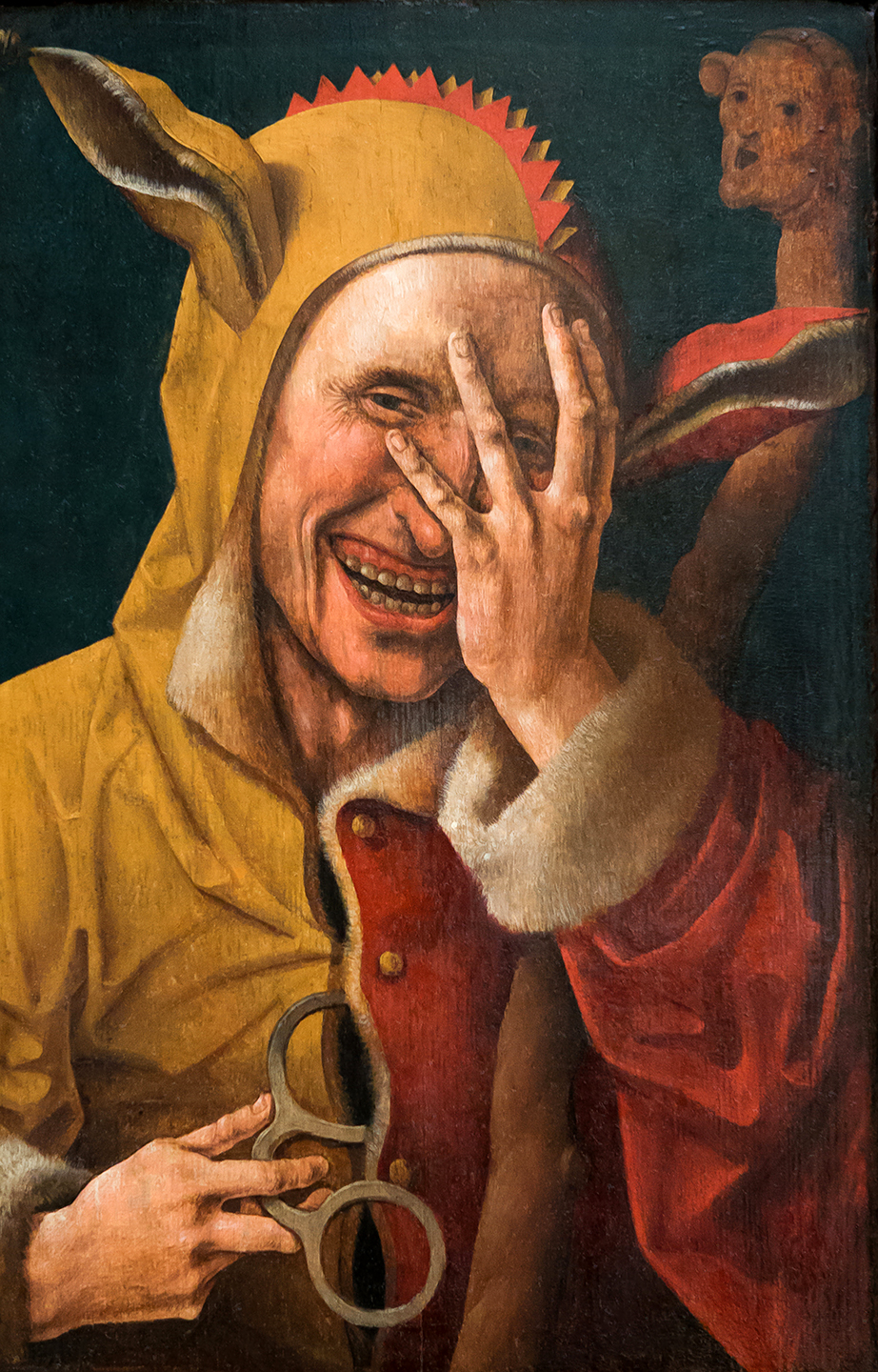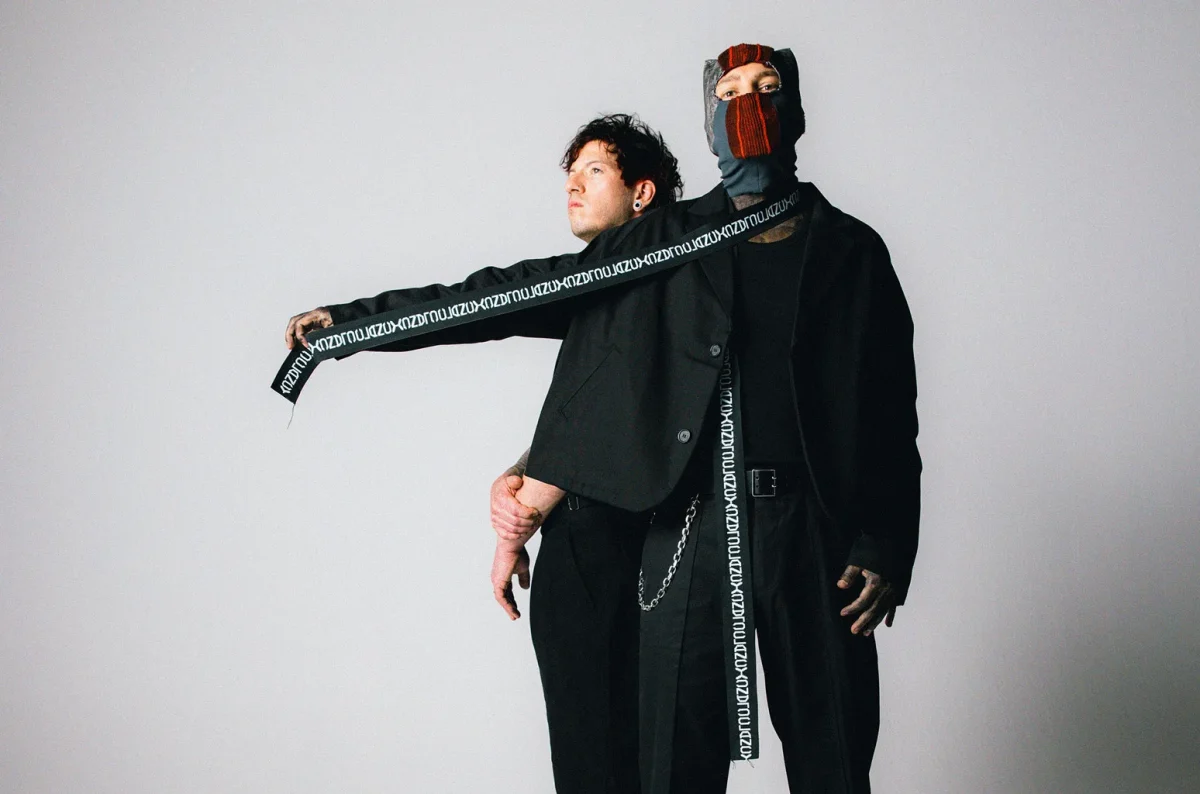April Fool’s Day, or known by some as “All Fool’s Day” is an annual tradition celebrated on April 1st of each year. Although the day isn’t set as a federal holiday in the United States, it still is commonly celebrated around the world. April Fool’s Day consists of playing pranks and jokes on family, friends, or really anyone throughout the day. While some play silly pranks on one another, others take the holiday more seriously and go to extreme lengths to get a laugh.
April Fool’s Day Origin: The Myths

It is believed that April Fool’s Day dates back to 1582, when France changed to the Gregorian calendar. Due to this, the new year was changed from April 1st, to January 1st. Many people weren’t aware of this new change, and would continue to celebrate the new year during the last week of March until April. While celebrating throughout the first week of April, many would pull off different jokes and hoaxes. An example of this would be when they’d place a paper fish on each others backs, referred to as “poisson d’avril” or “April Fish” (History.com Editors, 2024), which would symbolize a gullible person. The idea of this came from a poem in 1508, where the idea of the April Fish symbolized the fact that fish were easier to catch in the spring, compared to people easily falling for a hoax during the same time. Although, it cannot be proven that April Fool’s Day completely originate in France, as the author of the poem never specified whether they were speaking on Fool’s in general or simply April 1st.
April Fool’s: The Real Origin

April Fool’s Day can be linked back to Ancient Rome, celebrated as Hilaria. At the end of March, followers of the cult Cybele would dress up and mock citizens. Although there was also speculation that the day could be linked to the vernal equinox or the spring equinox which represented the first day of spring. During this time, people believed Mother Nature would fool them with changing the weather in unpredictable ways. Even with all these theories that could possibly be considered the start of the holiday, April Fool’s Day became more “serious” in 18th century Britain. This day became popular in Scotland for people to “hunt the gowk” (symbol for fool) one day, whereas the following day was named Tallie Day, where people would play pranks such as putting “kick me” signs on one another. By the 19th century, the day began to develop in more elaborate ways. Many artistic representations of April Fool’s Day began to spread, mostly as political cartoons and the holiday even managed to make its way into folk song.
April Fool’s Day: Today

Today, April Fool’s is celebrated in many different ways in different parts of the world. It is tradition to play a prank and simply just say “April Fool’s” right after or even the following day. Many social networks and famous brands even like to involve themselves with these pranks, all harmless and with the intention of getting a good laugh. Newspapers, TV, and radio stations have all participated in the tradition in the past years and completely fooled their audience with innocent intentions. An example of this would be Burger King in 1998, where the food chain advertised a “Left-Handed Whopper” which confused plenty of their customers by requesting a fake sandwich.
April Fool’s Day is simply just an innocent and harmless tradition that could date back all the way to the 1500s. It’s a great day to play a prank on anyone you’re close to, and end up laughing about it together. If you haven’t participated in the tradition in the past, it’s always fun to start!
Works Cited:
A&E Television Networks. (n.d.). April Fools’ Day: Origins, meaning & hoaxes. History.com. https://www.history.com/topics/holidays/april-fools-day
Winick, S. (2016, March 28). April fools: The roots of an international tradition: Folklife Today. The Library of Congress. https://blogs.loc.gov/folklife/2016/03/april-fools/







